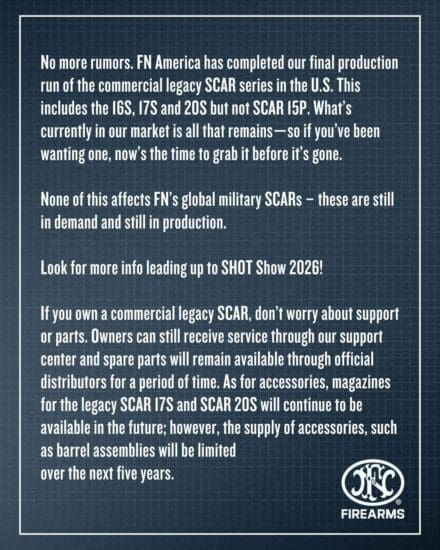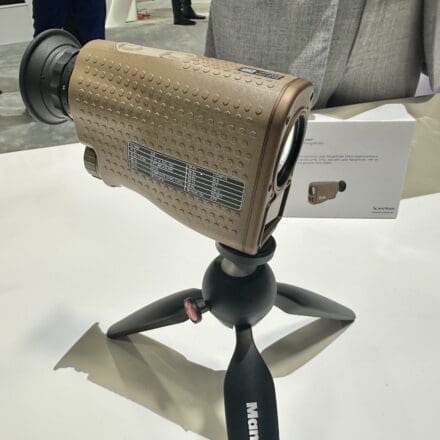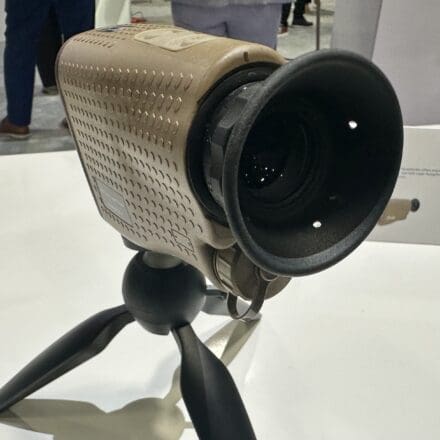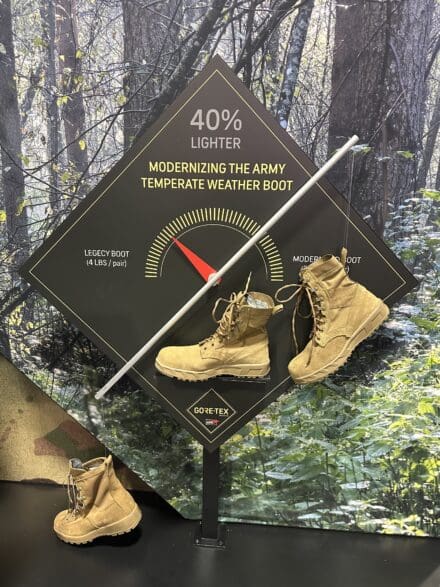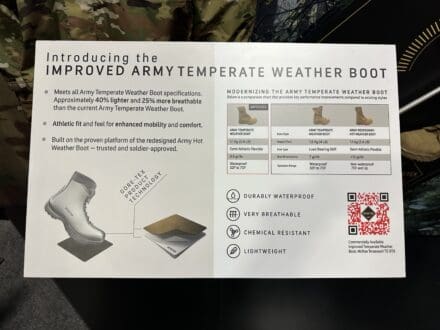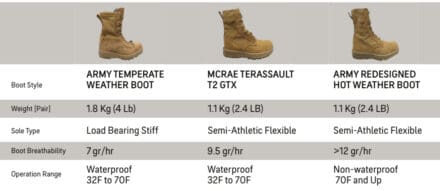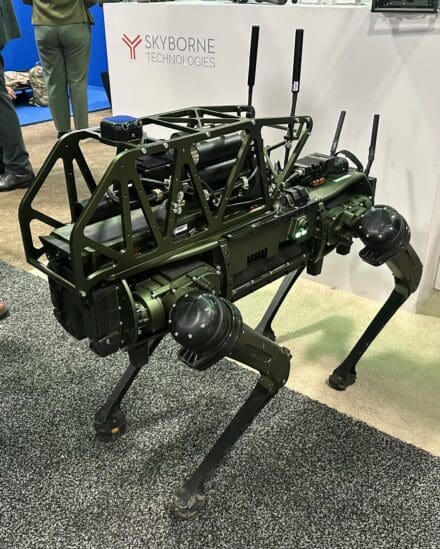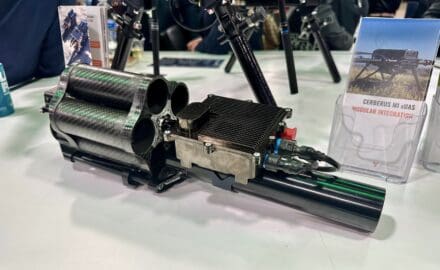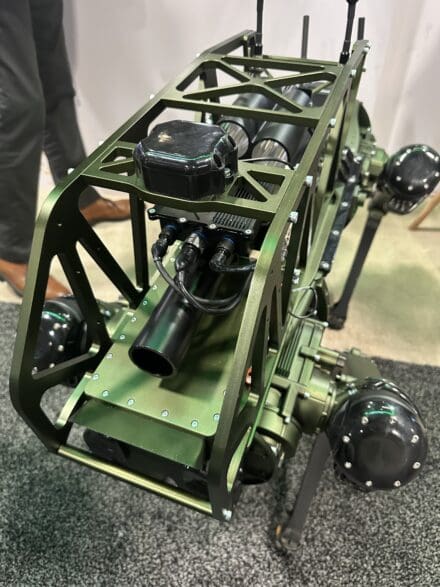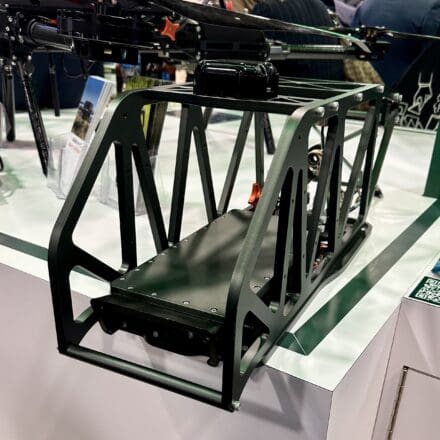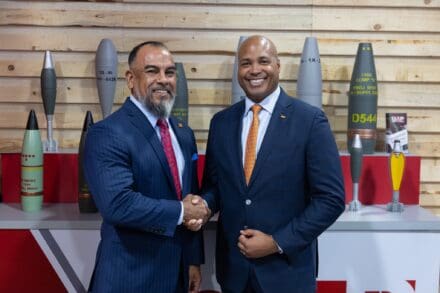Europe’s borders are no longer defined by terrain — they’re defined by the airspace that surrounds them. In the past year alone, Russian-origin drones have entered the airspace of many countries, including reports in Poland, Estonia, Lithuania, Latvia and Romania, triggering NATO intercepts and disrupting civil aviation. What once were isolated incidents are now deliberate tests of how fast democracies can adapt.
As these incursions grow more frequent, particularly from Group 3 drones classified under U.S. military standards such as the Shaheds, NATO allies are facing a pivotal challenge: how to build an air defense network that’s as agile and intelligent as the threats themselves. Group 3 drones sit in a “gray zone” of modern warfare — too small and inexpensive for traditional missile systems, yet too capable to be ignored. These are the drones increasingly used along NATO’s eastern borders, prompting urgent investment in scalable, AI-driven counter-UAS systems.
Dedrone by Axon is taking that challenge head-on, expanding its ecosystem to deliver end-to-end airspace defense across NATO’s operational landscape. The company’s AI-powered command-and-control platform now integrates with emerging partners to protect against Group 1 through Group 3 drone threats, creating a unified capability for defense and national security agencies.
Lessons from Ukraine: Innovation at the Edge of Conflict
Earlier this year, Axon CEO Rick Smith visited Ukraine, where he saw firsthand how necessity is accelerating innovation at the edge of conflict. From frontline engineers to defense accelerators like BRAVE1, Ukraine has become a model for how rapid iteration and collaboration must redefine national defense.
“Ukraine has become a proving ground for the future of defense innovation — especially in unmanned and counter-unmanned systems,” said Rick Smith, CEO and Founder of Axon. “Shahed-type drones have replaced cruise missiles as a cheaper, devastating way to hit critical infrastructure, while FPV drones have become the new IED — low-cost, everywhere, and deadly at the front lines. To meet these threats, the world needs bold advances in UAS and counter-UAS technology. The future of defense will be defined by how fast we can connect sensors, systems, and allies into one network that acts at machine speed.”
During that visit, Axon committed to advancing the next generation of UAS and cUAS technology emerging from Ukraine and its allies. Through BRAVE1 and collaborations with companies both within Ukraine and in partner nations supporting its defense, Axon has begun identifying and empowering startups developing the tools needed to protect democratic airspace. These innovation hubs and early-stage companies are becoming key partners in Axon’s broader effort to scale battlefield-proven technologies across NATO’s defense ecosystem.
Dedrone by Axon and TYTAN Partner to Strengthen NATO Airspace Defense
Building on these lessons, Dedrone by Axon has entered into several strategic partnerships to advance our technology for use in strengthening NATO airspace defense. The first of these is with TYTAN, a Munich-based defense technology company developing interceptor systems for Group 3 drones. Both companies share German roots and a commitment to advancing responsible innovation in defense — connecting leading-edge capabilities to protect lives and critical infrastructure.
The collaboration combines Dedrone by Axon’s AI-powered sensor fusion and technology with TYTAN’s kinetic interceptors, creating a complete detect, track, identify, and mitigate (DTI-M) capability. This end-to-end solution expands Dedrone by Axon’s coverage from Group 1 through Group 3 threats, delivering the unified airspace picture NATO allies need to act faster and defend smarter.
“This alliance allows us to offer our customers a seamless CUAS platform that spans Group 1 through Group 3 threats,” said Aaditya Devarakonda, CEO, Dedrone by Axon. “Together, Dedrone and TYTAN are helping NATO and its partners build the connected network that will define the future of air defense.”
“Together, Dedrone and TYTAN aren’t just responding to emerging threats; we’re helping NATO and its partners build the connected network that will define the future of air defense,” said Balazs Nagy, Co-Founder and CEO of TYTAN. “Our partnership with Axon shows what true pan-NATO innovation looks like, built through collaboration across the US and Europe, proven in combat, and integrated with global allies to protect NATO airspace. This is Europe and NATO’s moment to lead, and TYTAN’s mission is to make that intent real — to turn collective vision into action.”
Expanding the Ecosystem of Democratic Defense
At the center of this effort is DedroneTracker.AI — a NATO-compatible platform that fuses radar, radio frequency (RF), optical, and acoustic inputs into a single, unified airspace picture. Integrated with TYTAN’s autonomous interceptor technology, this collaboration transforms detection into decisive action, closing the loop from identification to neutralization within seconds. TYTAN’s AI-driven kinetic interceptors, developed and manufactured in Europe, extend this capability into the higher, more militarized range of Class III UAS threats, giving NATO allies a complete, layered defense system that is both scalable and sovereign.
Already deployed in more than 30 countries and responsible for over 800 million drone detections worldwide, DedroneTracker.AI enables operators to autonomously coordinate responses across agencies, critical infrastructure sites, and borders in real time. The platform scales from localized deployments with DedroneCity to nationwide networks, offering a flexible foundation for future command-and-control innovation.
By integrating with TYTAN’s interceptor technology, Dedrone by Axon extends its CUAS mitigation capability into a higher, heavier and more militarized range of drone threats — ensuring NATO allies have the intelligence, tools, and operational flexibility to defend airspace at every layer. This partnership embodies the shared values of technological sovereignty, responsible innovation, and the protection of democratic nations from emerging unmanned threats.
“NATO is at an inflection point. The threats are already here — what’s missing is the speed and scale to counter them,” said Batuhan Yumurtaci, Co-Founder and CTO of TYTAN. “It’s no longer enough to announce new frameworks or strategies for our air defence; we have to build them.”
At AUSA, Dedrone by Axon will highlight how AI, interoperability, and alliance-driven innovation is shaping the future of collective defense. The TYTAN partnership represents the first in a series of upcoming collaborations with emerging defense innovators, marking a new phase in Axon’s investment and support for technologies that protect democratic nations.
Because the nature of security is changing — and defending democracy now depends on how quickly nations can see, share, and respond together. Protecting life is a mission at Axon that has never stopped at public safety. It means standing up for nations that defend democracy — and building the technologies that make that defense possible. In every era, threats evolve. But with purpose, partnership, and innovation, so does protection.



